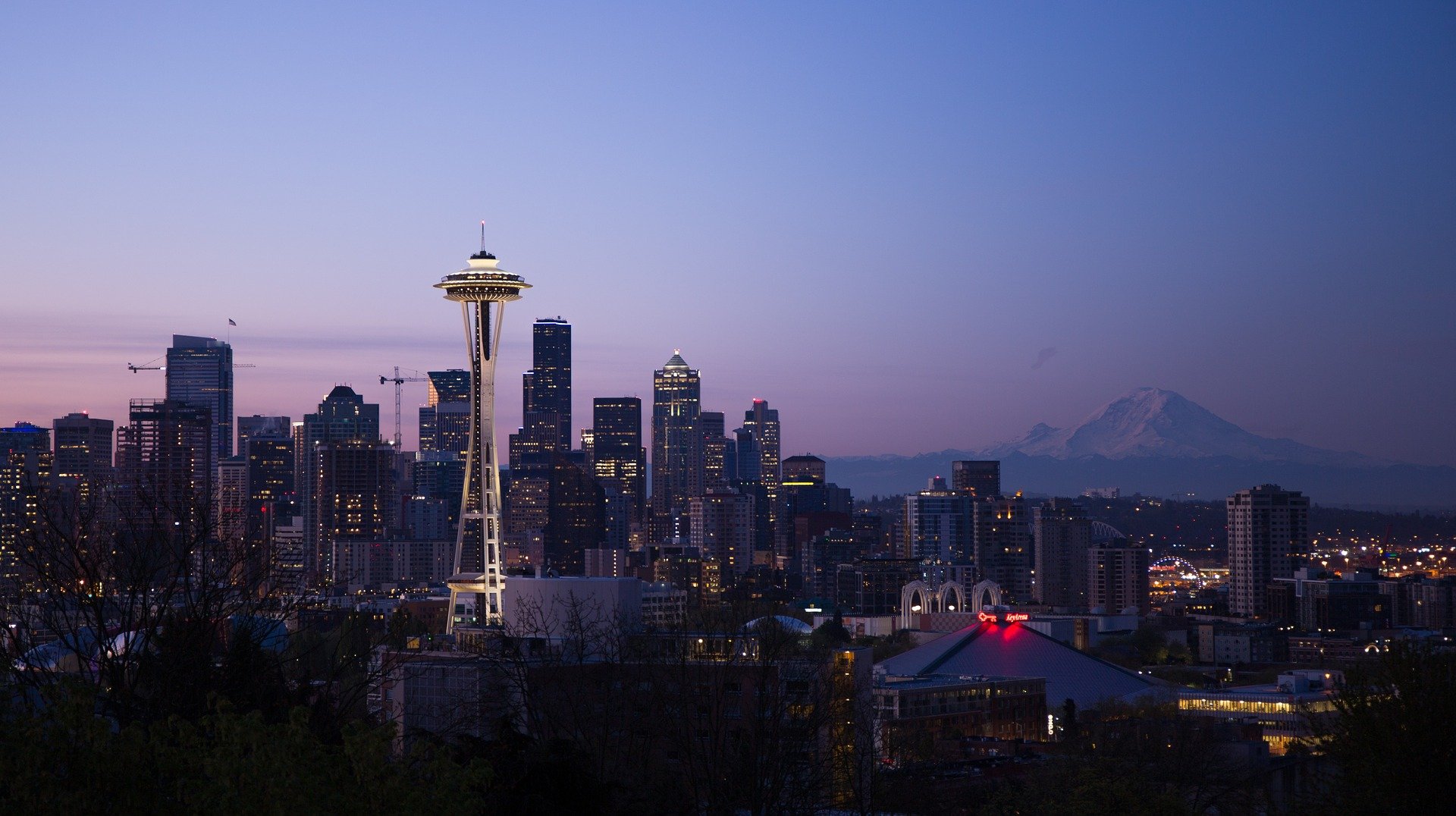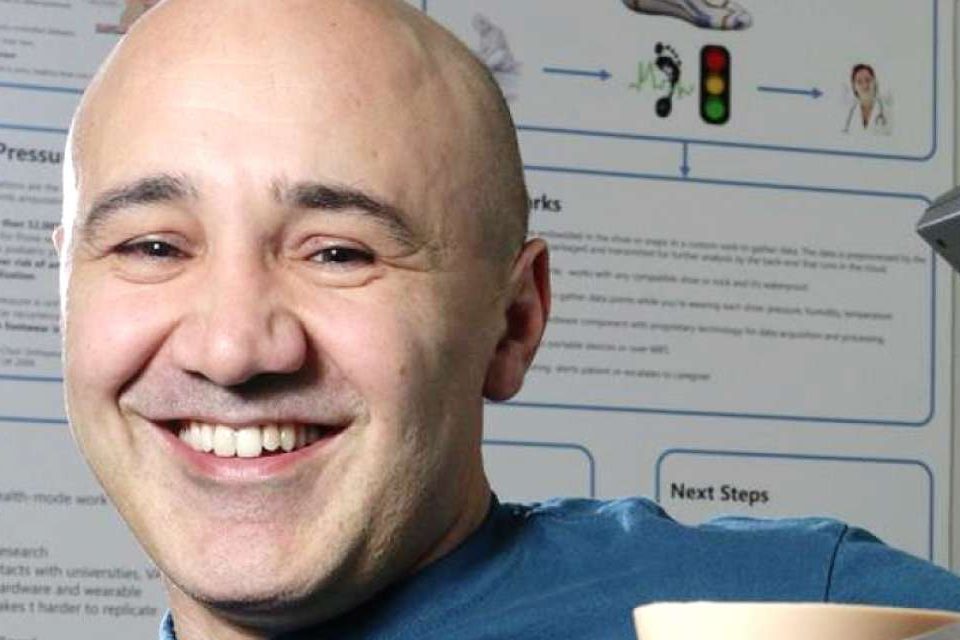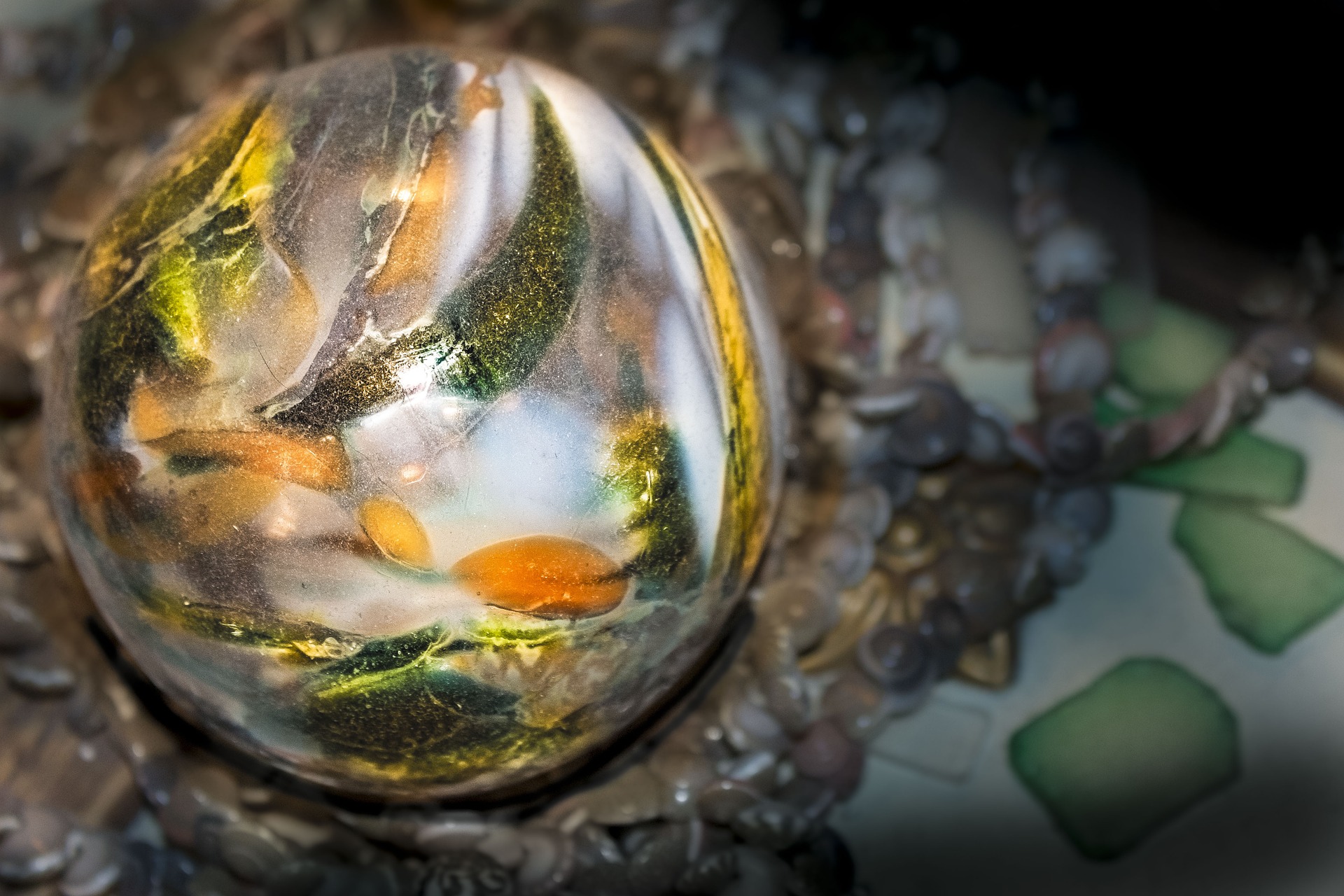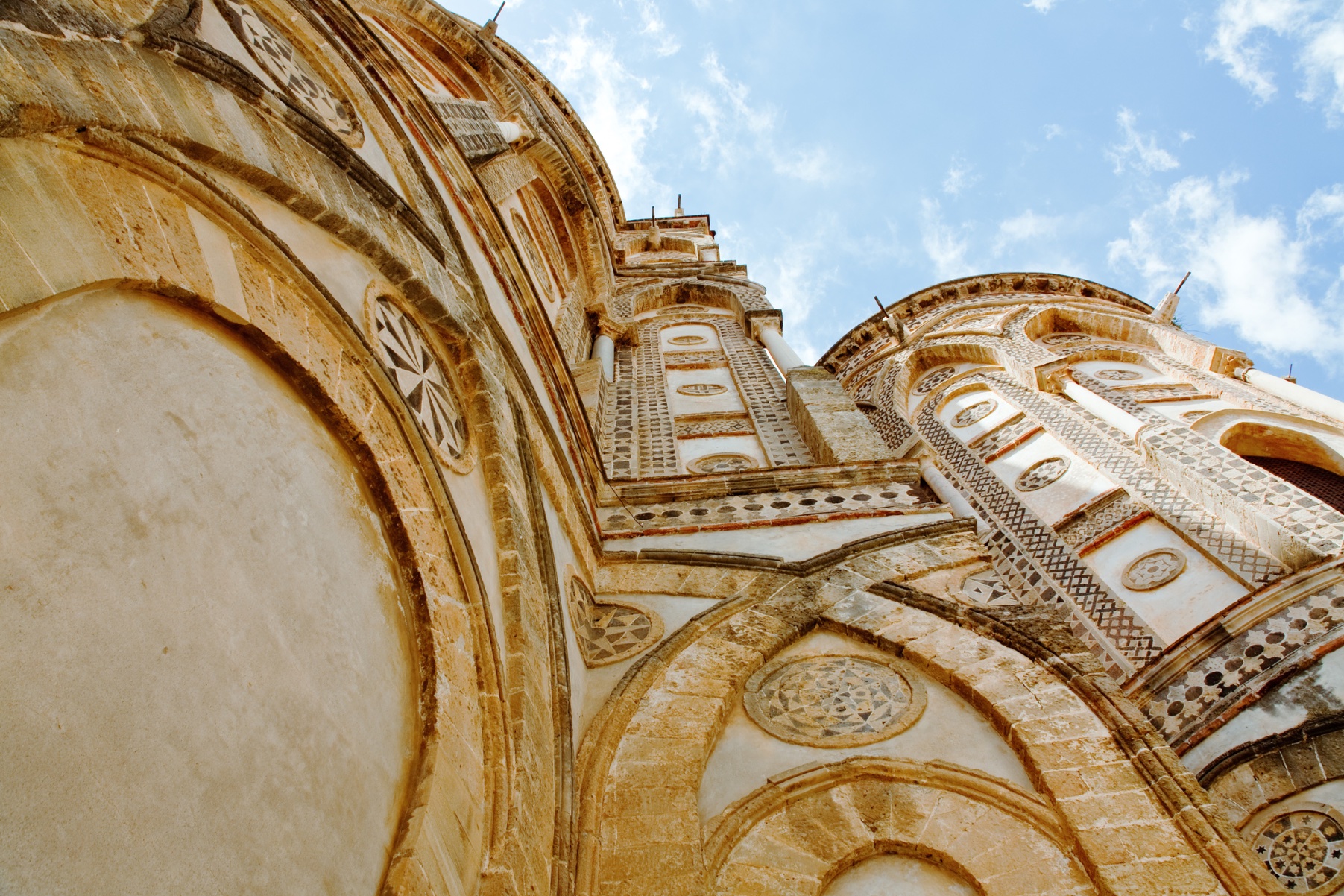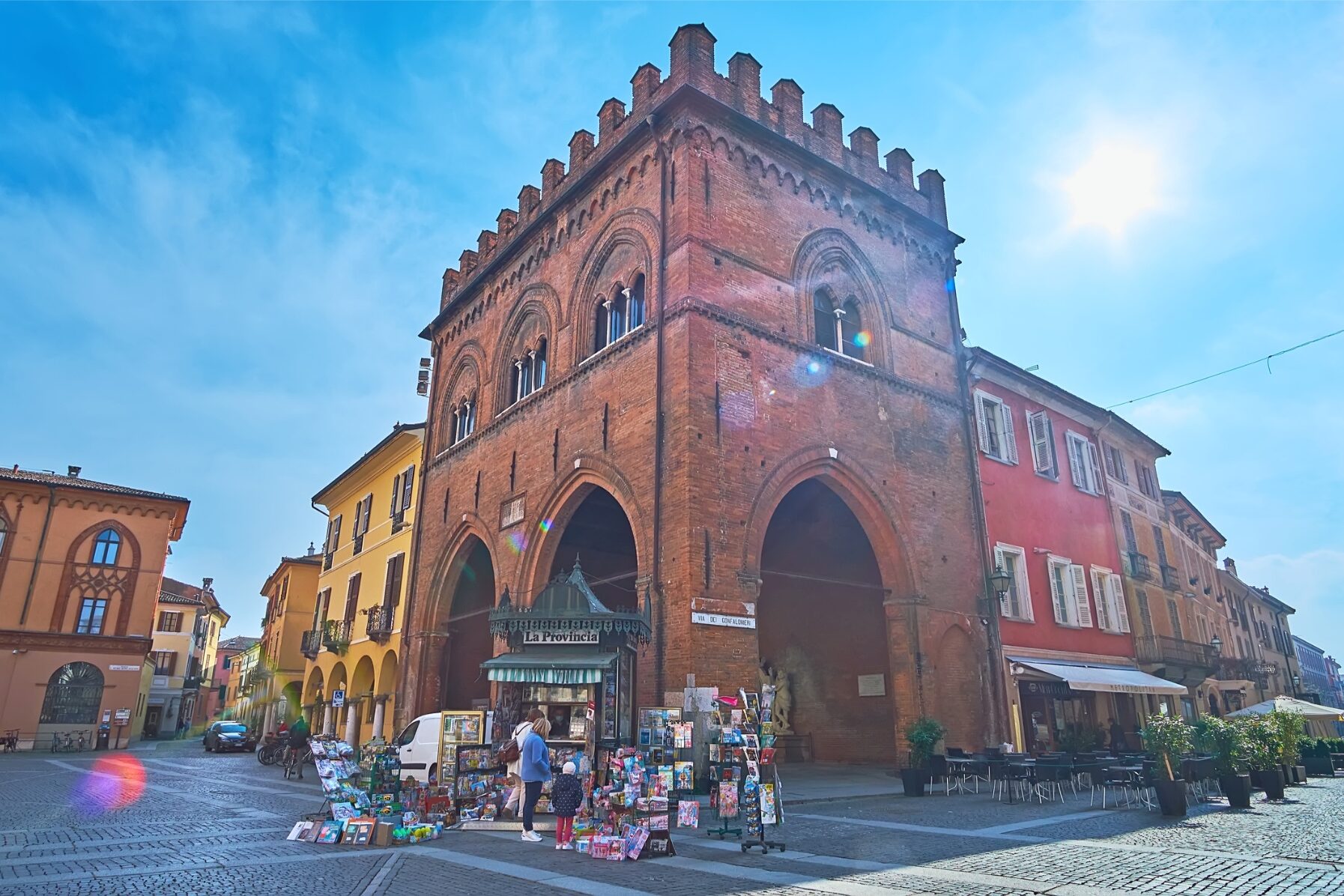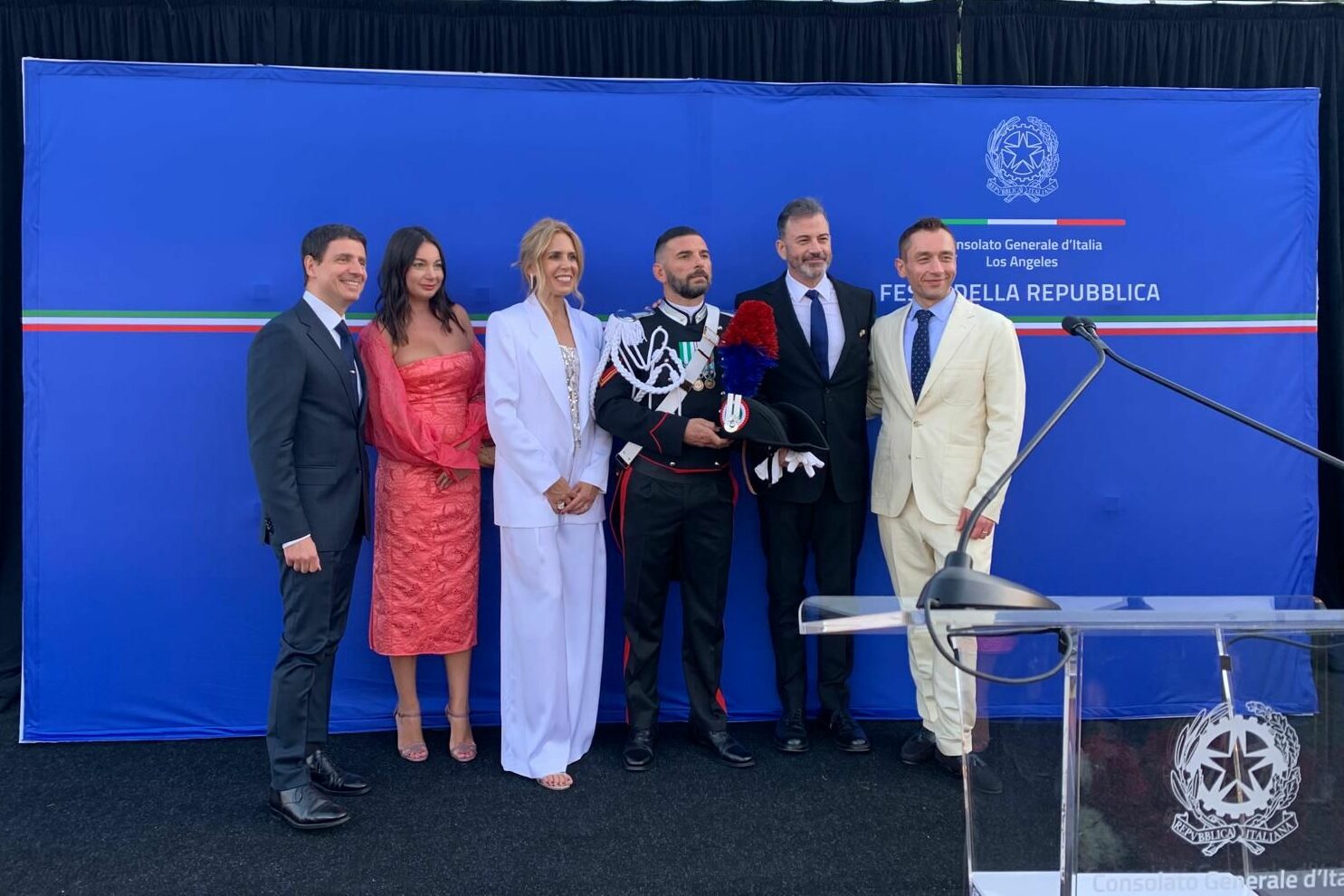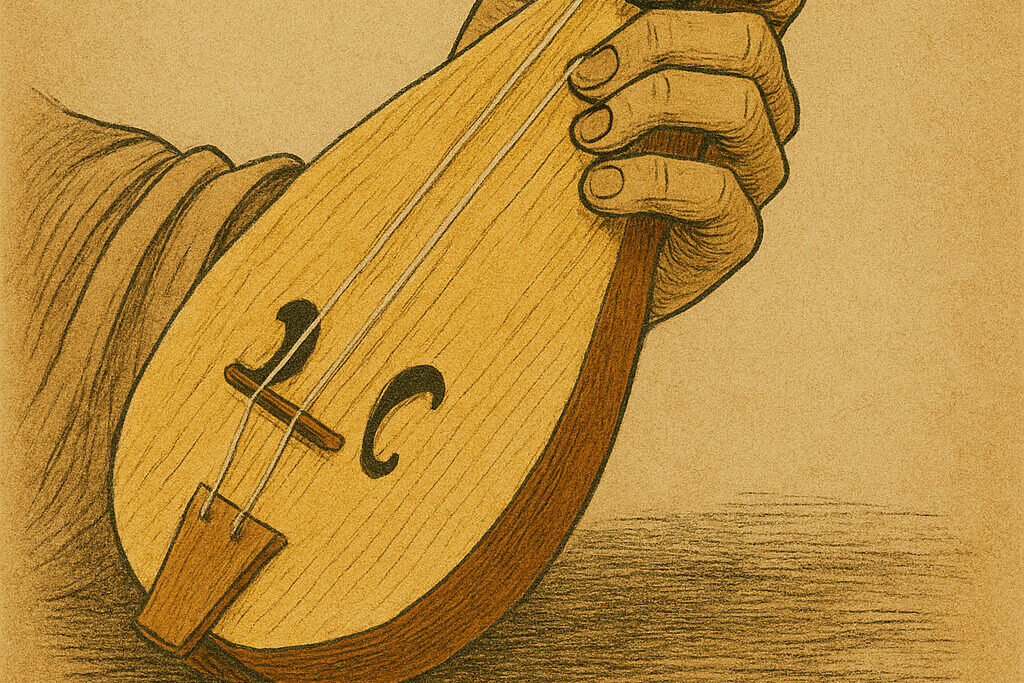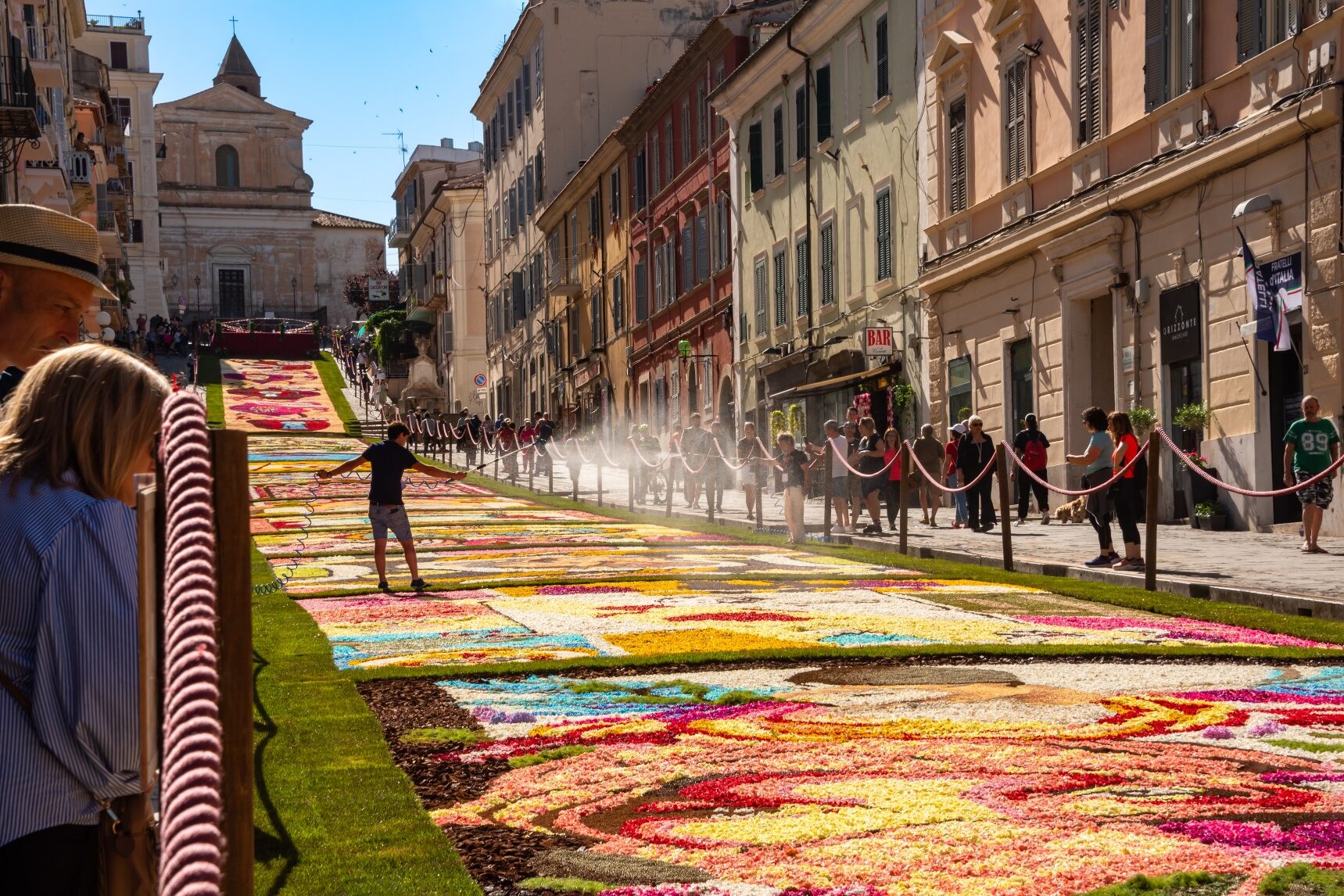If you have ever wondered about the origin of the name P-Patch, you are not alone. The “P” stands for Picardo, the involuntary founder of the marvelous community garden project in Seattle area.
When Ernesto Picardo, with his two brothers Orazio and Sabino started farming in South Park along the Duwamish River in 1922, he had no idea that he was about to create a movement that would spread across the city.
Ernesto, who soon became the patriarch of the family, left Italy in the 1890s to find a home in Seattle, leaving behind Salza Irpina, a little village in the southern Italian province of Avellino.
After a year or two farming the banks of the Duwamish, the brothers decided to swap their house in South Park for a portion of land that had been part of what was acknowledged as the “Ravenna Swamp”, for the next 40 years the family farmed with passion and fervor the 20 acres located between 25th Avenue Northeast and Northeast 80th Street.
Ernesto along with the other men of the family delivered their produce to the grocery stores in the area and then sold another part of their produce at the Pike Place Market.
After Ernesto died at age of 89 in 1961, the land remained unused for several years, until the neighbors started to taking care of it and cultivate it again.
Finally in 1973 the City, with the permission of the Picardo family, purchased the land, creating the first in the list of several community lands.
Today, the 89 P-Patches distributed throughout the city, are managed by Seattle’s Department of Neighborhoods Garden, but preserved and maintained with love and dedication by over 4,400 gardeners in a circa 23 acres.
The plot sizes differ from garden to garden, but usually they range between 40 and 400 square feet.
P-patch gardeners grow organic plants, flowers, food crops, herbs and sometimes fruit bush and trees.
The P-Patch Community Gardening Program is affiliated with the nonprofit organization P-Patch Trust, which supports low-income gardeners paying their annual fees ($34-$67 according to the plot size).
The Italian Ernesto Picardo started gardening creating an incredible exception to the massive tendency of immigrants to opt for The Klondike Gold Rush, very popular in Seattle area between 1896 and 1899.
It’s difficult to imagine how different the Northwest land appeared to Ernesto Picardo, compared to his home land of Salza Irpina.
For those who have explored the remote inland of Campania region, the differences are enormous. Despite the lack of tourism in the area, it is no less fascinating and beautiful in its own way.
Salza Irpina, is a small town of 798 inhabitants, located in the heart of the chestnut production area. In fact the village hosts every year La sagra della castagna, the chestnut fair in October and La Sagra del fungo porcino, the porcini mushrooms fair, in August.
The village is a green oasis, made of cultivations of strictly DOP extra virgin olive oil, hazelnuts trees, worldwide fame for the two varieties present here, the “avellana” and “mortarella”, the typical product of Irpinia.
In addition to those, corn and wheat are common and characteristic of the rural landscapes of Irpinia.
Consequentially Ernesto Picardo very likely found a different kind of natural environment in the Northwest, but luckily he probably didn’t encounter too many difficulties in farming.
In fact similar vegetables were growing in his hometown region such as: vegetables, peppers, eggplants, green beans, potatoes, chicory, tomatoes, endives, beets, squash, zucchini and broccoli.
The rich history of the Picardo family is another incredible story of Italian immigrants who were able to leave their mark on a city through their passion and desire for what they truly loved and what inspired them.
Fore more info about p-patch program, visit: www.seattle.gov/neighborhoods/ppatch
